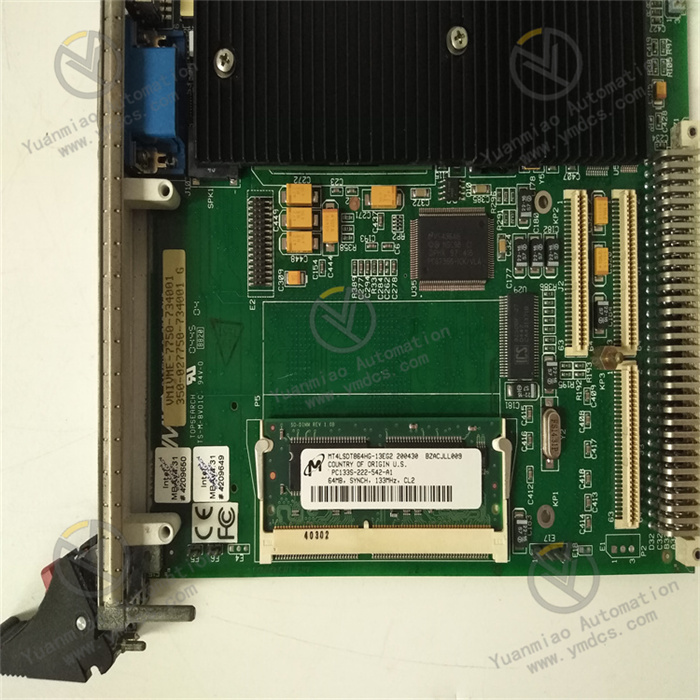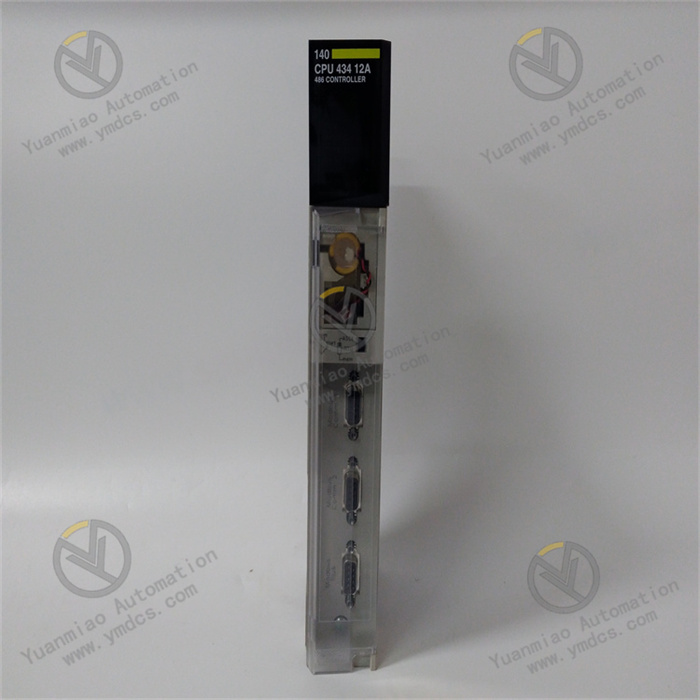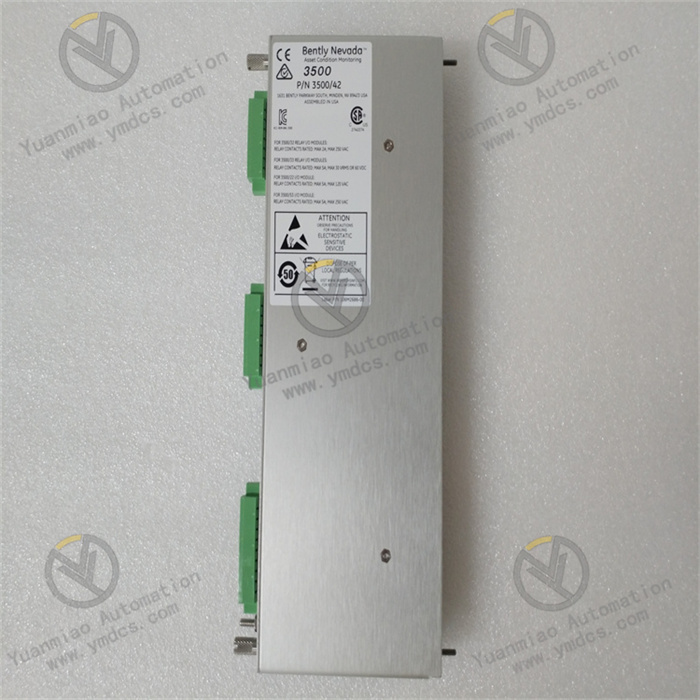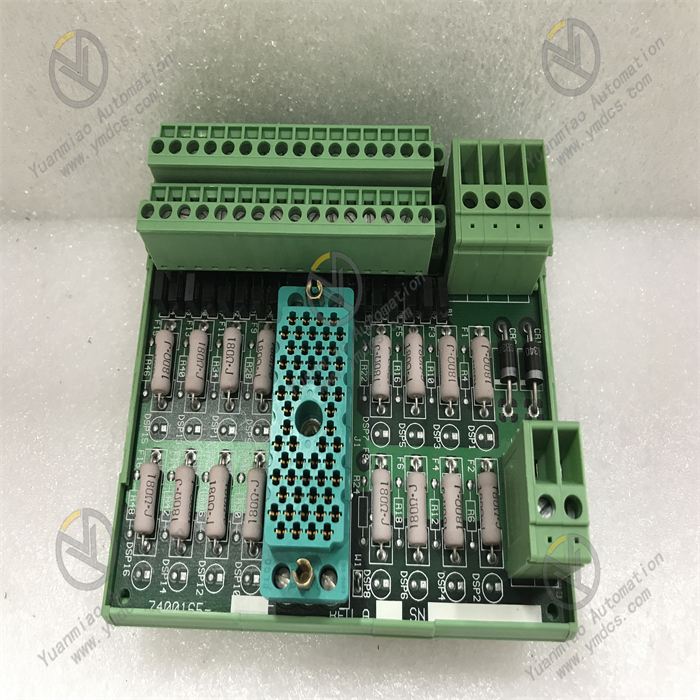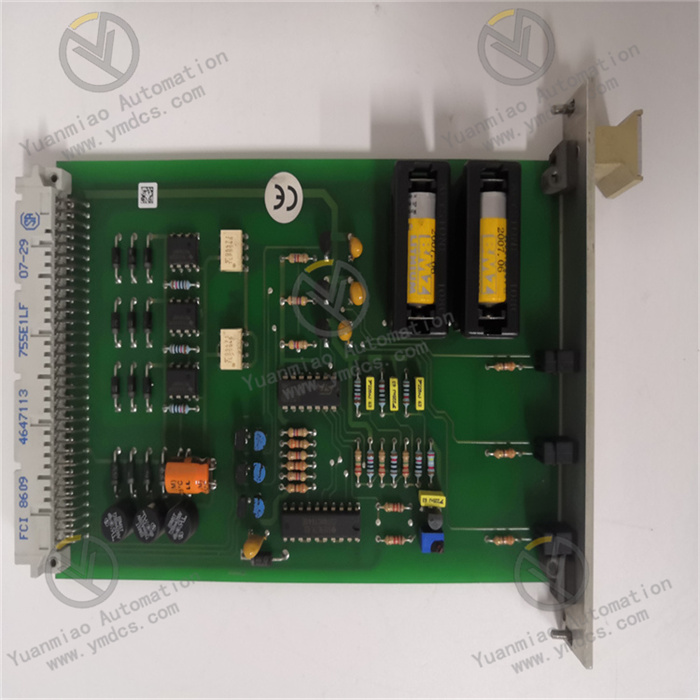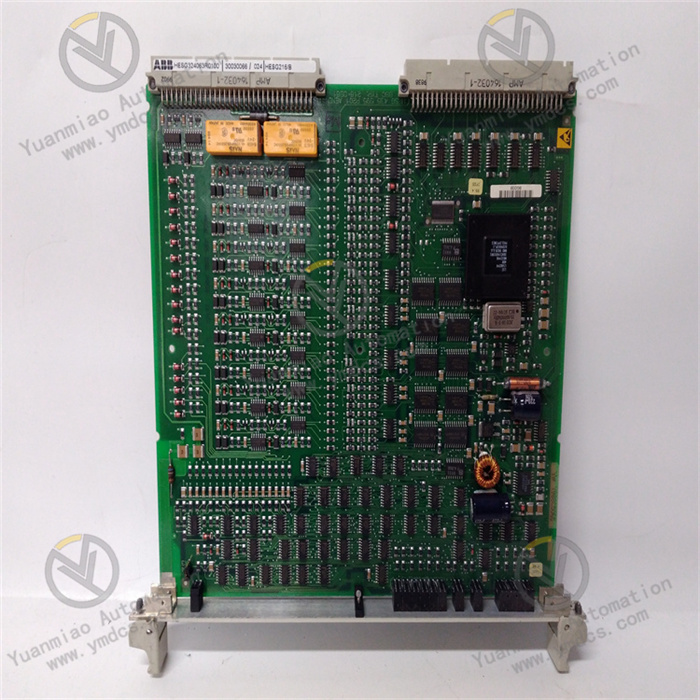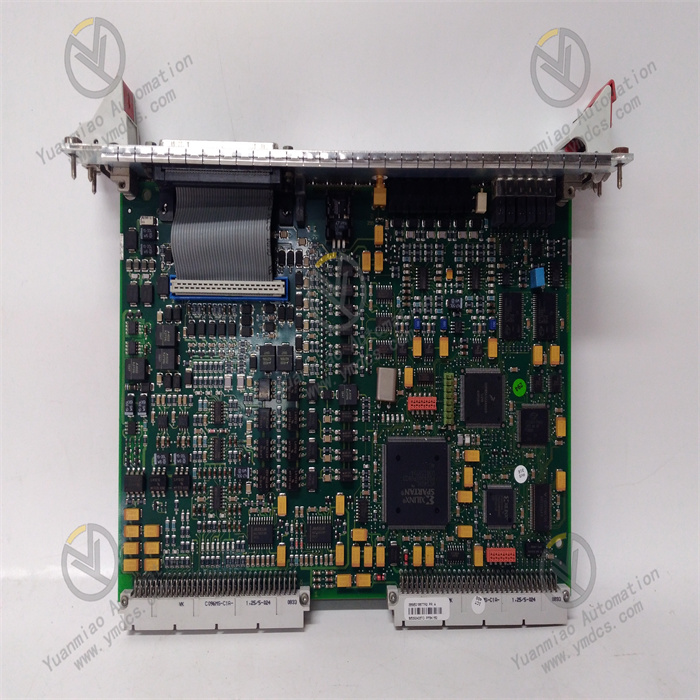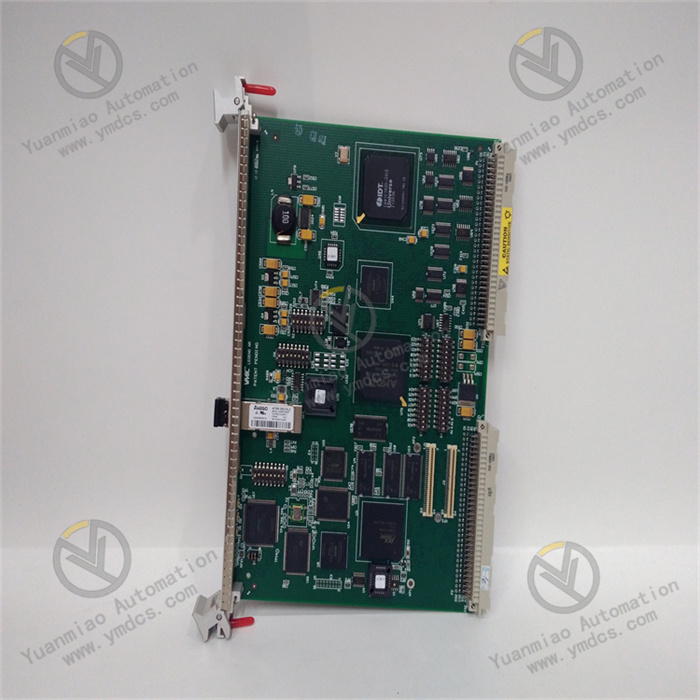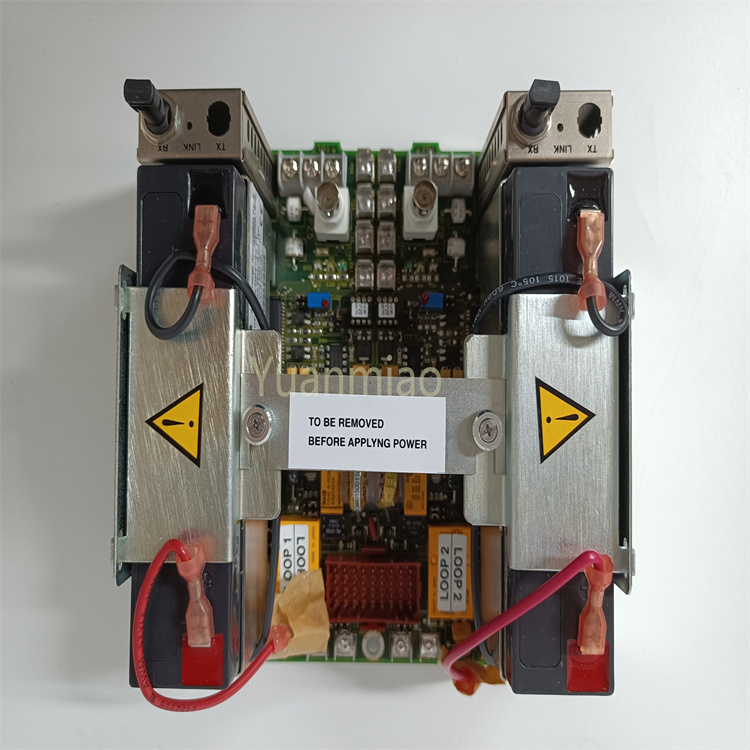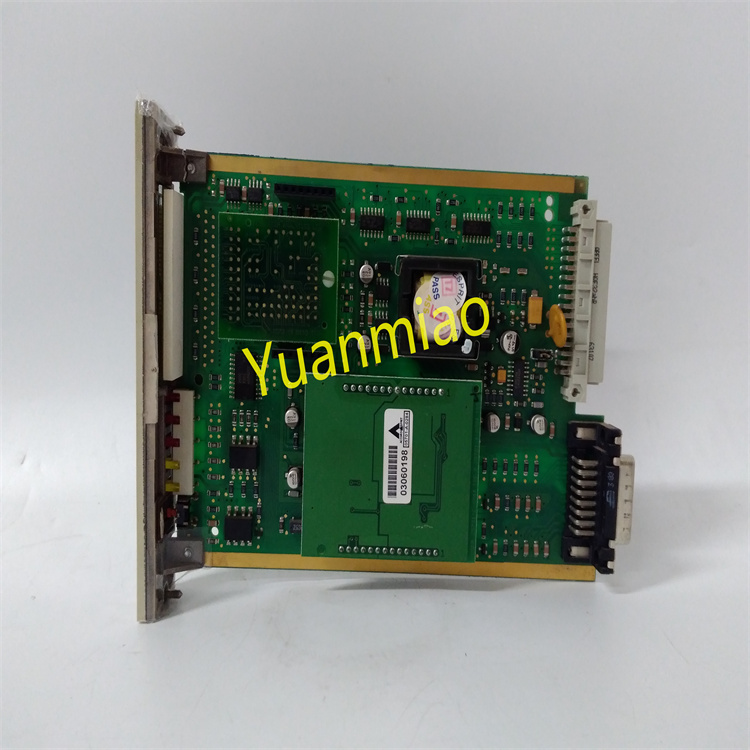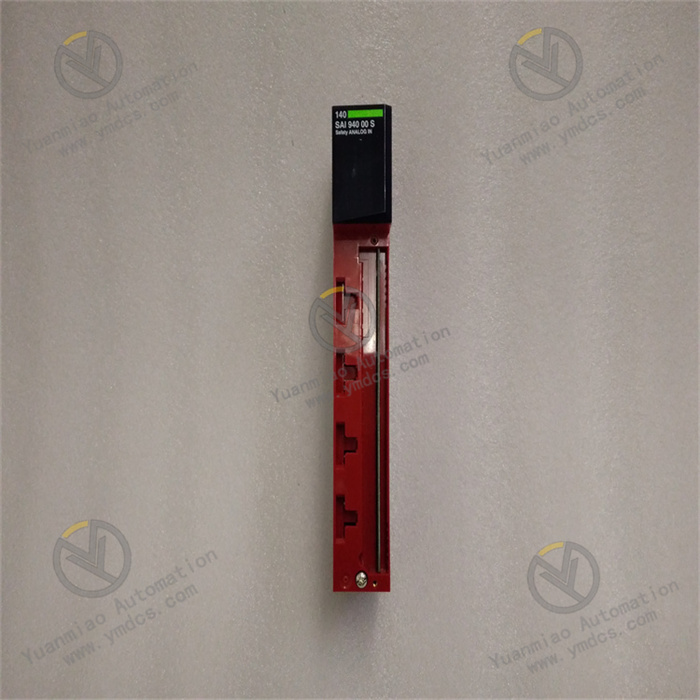Description
VMIVME-7750-734001/350-027750-734001 G
Overview
The Abaco Systems VMIVME-7750-734001/350-027750-734001 G is a high-performance 6U single-slot VMEbus Single-Board Computer (SBC) designed for industrial control, data acquisition, and mission-critical computing scenarios. Based on the mature VME (VersaModule Eurocard) bus architecture, it features a rugged, passive-cooled design to ensure reliability in harsh industrial environments. Although entering the Restricted Production Phase (RPP), this model remains a key solution for applications requiring robust processing capabilities and expandability.
Functional Features
(1) High-Performance Processing
Equipped with an Intel Pentium III processor (up to 1.26 GHz), the SBC delivers 32-bit addressing and a 64-bit data bus. Its superscalar architecture supports three instructions per clock cycle, enhanced by dynamic branch prediction, independent instruction/data caches, and MMX™ technology for efficient multitasking and complex algorithm execution.
(2) Enhanced Memory & Storage
- Memory: Up to 512 MB of PC133 SDRAM via a 144-pin SODIMM, with dual-port DRAM connectivity to the VMEbus for optimized data transfer efficiency.
- Storage: IDE interface for local drives and optional bootable flash memory for system initialization and critical data storage.
(3) Versatile I/O Capabilities
- VMEbus Interface: Compliant with VMEbus Rev. C.1, supporting transparent PCI-to-VMEbus bridging for seamless integration into multi-CPU systems.
- Ethernet: Two Intel controllers (82559 and ICH2-integrated) for 10/100BaseTX connectivity, with remote boot support via Netware, TCP/IP, or RPL protocols.
- Graphics: AGP graphics adapter (based on 815E chipset) supports SVGA resolutions up to 1600×1200×256 colors, ideal for industrial visualization and high-resolution display applications.
- Expansion: One PMC (PCI Mezzanine Card) site for custom I/O modules (e.g., serial ports, USB interfaces, analog/digital I/O).
(4) Broad Operating System Compatibility
Supports real-time operating systems (e.g., VxWorks), Linux, and Windows, enabling flexible deployment across industrial automation, telecommunications, and data processing applications.
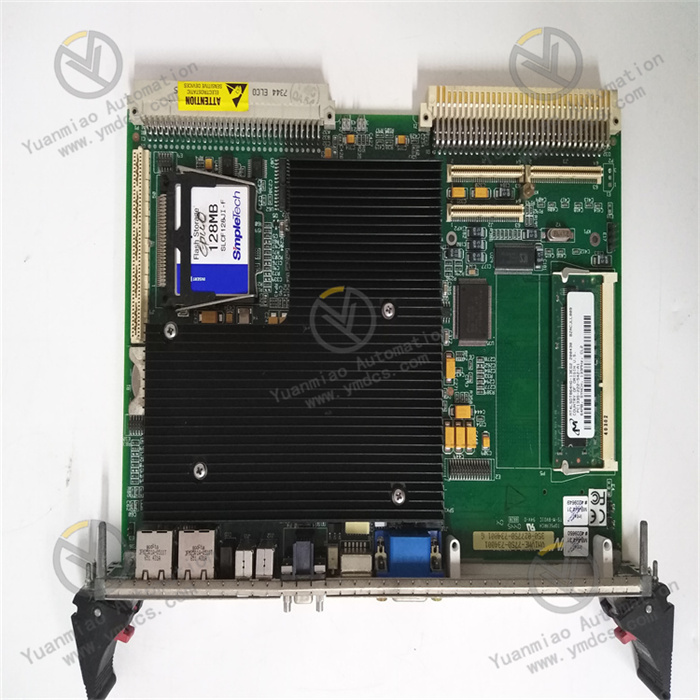
Technical Parameters
| Category | Specifications |
|---|---|
| Processor | Intel Pentium III, up to 1.26 GHz with 512 KB L2 cache (1.26 GHz model) |
| Memory | 512 MB PC133 SDRAM, dual-port interface to VMEbus |
| Storage | IDE interface, optional 1 GB bootable flash memory |
| Network | 2 x 10/100BaseTX Ethernet ports, remote boot via Bootware® technology |
| Graphics | AGP 4x with 4 MB DRAM cache, supporting 1600×1200 resolution at 256 colors |
| Expansion | 1 x PMC site, supports VMEbus master/slave operation |
| Power Supply | +5V DC input, passive cooling design (low power consumption) |
| Environmental | Operating temperature: -40°C to +85°C; Storage temperature: -55°C to +90°C; |
| Humidity: 5%–95% RH (non-condensing); Vibration: 5g RMS (10–500 Hz), 30g shock |
Working Principle
(1) System Boot Process
Upon power-up, the onboard power management circuit stabilizes the input voltage for all components. The processor loads the BIOS from reprogrammable flash memory, initializing hardware resources (memory, timers, I/O interfaces) and booting the operating system—either from a local IDE drive/storage or remotely via Ethernet using Bootware® technology.
(2) Data Processing Mechanism
The Pentium III processor parses tasks through pre-defined algorithms, interacting with SDRAM for data read/write operations. In industrial applications, it processes real-time sensor data, while the AGP graphics adapter handles visual output for monitoring systems. The VMEbus coordinates data transfer with external devices, and Ethernet interfaces manage network communication via protocol encapsulation/decapsulation.
(3) Bus Architecture
The transparent PCI-to-VMEbus bridge allows the SBC to function as a system controller or peripheral CPU in multi-processor configurations, ensuring efficient data exchange across the VMEbus ecosystem.
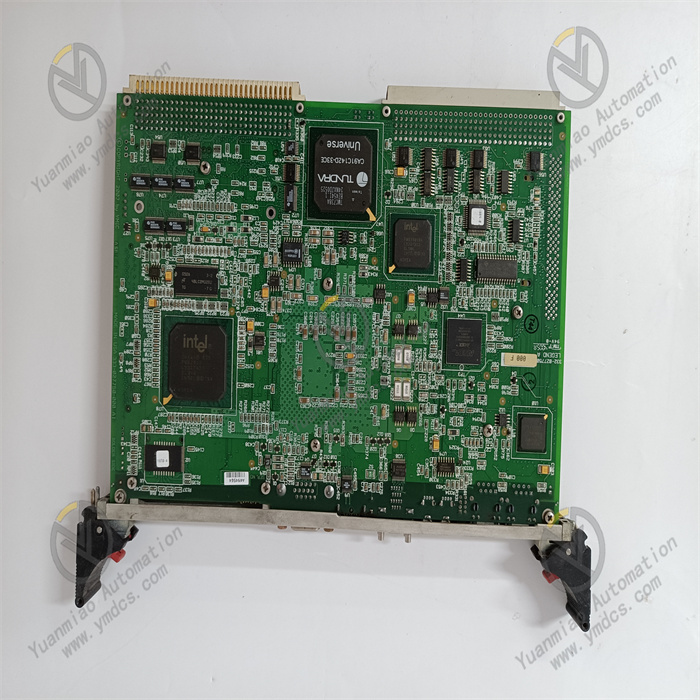
Operation Guide
(1) Pre-installation Preparations
- Compatibility Check: Verify VMEbus slot specifications (electrical parameters, power supply capacity) to ensure compatibility with the VMIVME-7750-734001/350-027750-734001 G.
- ESD Protection: Use anti-static wristbands and tools; ensure the installation environment is free from electrostatic discharge (ESD) risks.
(2) Module Installation
- Open the VME chassis and locate a 6U single slot.
- Align the SBC’s VME interface with the slot, insert vertically, and secure with mounting screws.
- Connect power cables, IDE storage (if applicable), and PMC modules according to application requirements.
(3) System Configuration
- Storage & Network Setup: Configure IDE drives or enable remote boot via Ethernet (set IP address, subnet mask, gateway).
- OS & Driver Installation: Install the target operating system (e.g., VxWorks, Linux) and relevant device drivers, ensuring PMC modules are detected and configured correctly.
(4) Troubleshooting
- Boot Failure: Check power connections, flash memory integrity, and BIOS boot order settings.
- Network Issues: Test Ethernet cables, update network drivers, and verify protocol configurations (e.g., TCP/IP parameters).
- I/O Malfunctions: Inspect PMC module installation, update firmware/drivers, or replace faulty components if necessary.


